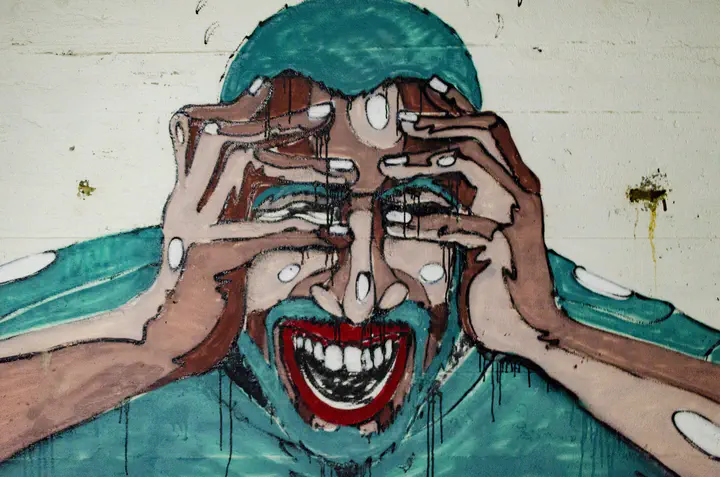Chronic Pain

Several imaging studies have identified localized anatomical and functional brain changes in chronic headache sufferers. The use of magnetic resonance imaging (MRI) has allowed for the exploration of alterations in brain activation in resting state connectivity and how such alterations relate to the head-pain experience and any new learned coping responses to pain. Evidence suggests that subcortical areas, together with frontal and temporal brain areas play a role in the experience of head pain, supporting the view that headache is a mainly subcortical disorder with substantial brainstem involvement. What is still unknown, however, is to explore the neural impact of a behavioral intervention for headache management in modulating targeted brain regions implicated in processing the head pain experience. In this study we investigate differences in grey matter density and resting-state functional connectivity between a group of head pain patients and age-matched healthy controls, and the interaction with measures assessing psychological flexibility with head pain responses, a targeted learned coping response stemming from Acceptance & Commitment Therapy (ACT), a new behavioral intervention for head pain management.